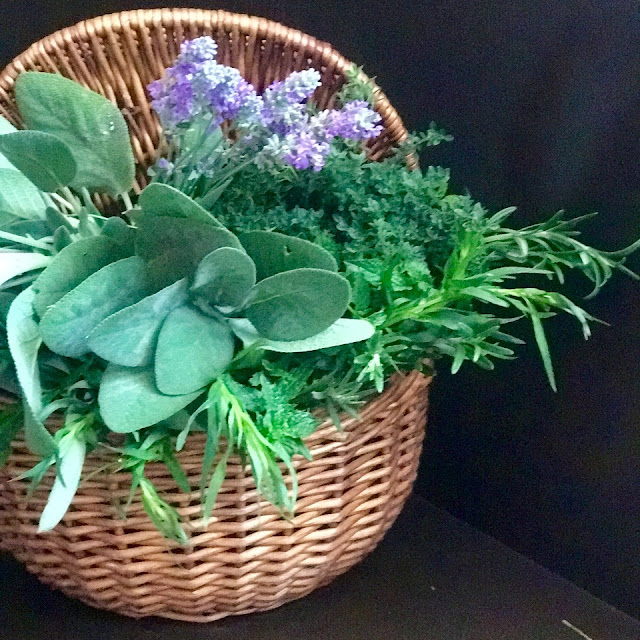– Ruth Stout, garden expert and lovable eccentric
Ruth Stout is one of my heroes. Before she died in 1980 at the age of 94, she claimed, "I never plow, spade, sow a cover crop, harrow, hoe, cultivate, weed, water or spray." If you follow her method of keeping a thick mulch of straw (and other organic matter) on your garden she swears that you too can garden without work. Sounds good, doesn't it?
I read her delightful book six years ago and I reread it every winter. I can't say that I garden without work, but I do believe that her methods have cut down on the amount of work that my garden requires. Every fall, I put down a layer of cardboard and cover it with a thick blanket of straw.
I get the cardboard from the Shelby County Recycling Center and Ed fetches me six bales of straw at a time from a neighbor on Highway 53. The cardboard and straw keep the weeds (mostly) at bay and break down over time, creating richer soil.
I had planned to finish putting down the cardboard and straw yesterday. I went to pick up another load of cardboard, but pulled into the recycling center just as mounds of cardboard were being loaded into the large baler for compression. Oh well, another trip; another day.
I switched plans and decided to do some garden cleanup, harvesting the last of the crops from the garden: fennel and sweet potatoes.
I deadheaded the spent zinnias, saving the seed for next year, and composted the plants.
The hard frost from Thursday night zapped the nasturtiums, so I combed through the limp leaves and flowers, looking for the large seed pods to dry and save for next year's crop.
I even weeded my asparagus, pulling up lots of chickweed that will make a nice salad. (We've had dandelion salad a number of times this past week. I figured out that the leaves are not so bitter once the weather gets cooler.)
To beat the frost, I've been working in my herb garden as well. Earlier this week, I harvested much of my lemongrass, freezing some for later use and making lemongrass concentrate (for lemonade) with the rest.
My gardens aren't the only things that need end-of-the-season attention. Maggie was out last weekend getting her bees ready for winter survival. She consolidated some of the boxes and brought up several frames of honey for me to extract.
Ed has on his end-of-season list to clean and sharpen our tools and to clean out the blue-bird boxes, so they will be ready for spring nesting. He also wants to move the owl house as it hasn't attracted an owl family in its current location.
The list goes on. There is always more to do than energy/time to do it. I was talking to son-in-law Nate yesterday about some details on the guest cottage renovation that he is doing for us. I thanked him for all his work, to which he responded: "It's really not work; I enjoy doing it." Perhaps that is the secret for gardening without work: I just need to reframe it as time spent doing something I enjoy.








































